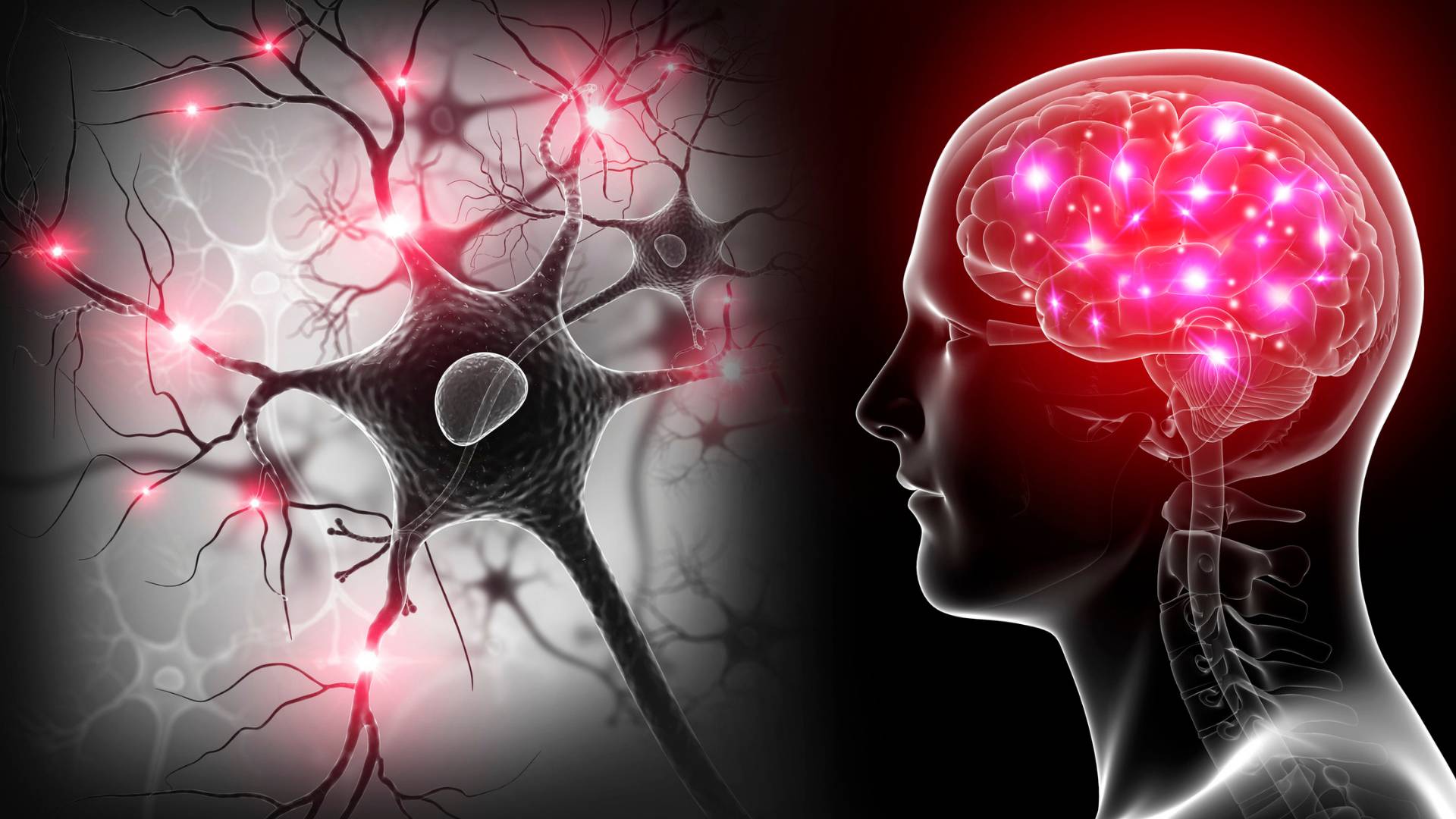Anticipation.
We must dare to visualize a world in which our most treasured dreams have come true.

Our thoughts are actions in rehearsal.
I have always been intrigued by this question. What if we knew the end from the beginning? What if we could see beyond our challenges and obstacles to claim victory? Can we be prepared for our challenges by anticipating them? If we are prepared for challenges, we have mobilized our assets, trained, and visualized the actions necessary to cope and conquer our quest.
My experience in piloting planes, skydiving, scuba diving, martial arts, and the military, along with raising five kids to adulthood has drilled into me the idea of anticipating chaos and integrating it into my planning model. The unpredictable becomes probable in my worldview. I have learned to anticipate course corrections, problems, and difficulties. Why? Critical failures with planes, parachutes, deep sea dives and bullets are career-enders. Failures to anticipate in my world result in death.
Anticipation is often viewed as an emotional experience. The idea of being eager or waiting for something to happen. However, inside the brain, the act of anticipating is an exercise in focus as a neural preparation. It conveys important visual, auditory, or tactile information about what is to come. Our brain is rehearsing a probable future.

As I draft this article, I have worked out every day since January 1, 2000. Twenty-two-plus years without missing a day. I have accomplished my streak by moving my workouts to 4 am., a time when most of the world is still asleep, to limit distractions and intrusions. The early morning solved about 70% of my impediments. In addition to my predawn timing, I lay out my clothes every night. Set two alarms. The rest of my challenges over the years are between my ears in my headspace as I worked through various injuries, sickness, severe weather, and lack of “want to” on a freezing morning.
I tamed my headspace by visualizing my daily grind and celebrating my success. I rehearsed my tough days in my head. Preparation is everything in high performance. Practice and rehearsals are the necessary repetitions to get our best. The lyrics from “Lose Yourself” by Eminem remind me that life demands my best. You better lose yourself in the music, the moment/You own it, you better never let it go/You only get one shot, do not miss your chance to blow/This opportunity comes once in a lifetime.1
To be at our best, when we get our shot to achieve, excel or impress, we must have the repetitions necessary to acquire a skill and be confident in our skill use. How do we get the reps?
It has been long established that the act of (covert) mental rehearsal can transfer over to the overt domain, translating into better performance.2 Mental rehearsal belongs to a class of behaviors called covert behaviors, including thinking, and imagining, which are behaviors carried out internally and are not directly observable by anyone other than the person experiencing them.”3
Covert behaviors are difficult to study, as well as isolating what makes mental rehearsal effective is a major challenge. Understanding the mechanism can help us harness and potentially amplify the benefits of mental rehearsal.
Saurabh Vyas, a Stanford bioengineering graduate student and lead author of a paper on Mental Rehearsal, says rehearsal differs in one critical respect from what his test subjects did.4 Subjects with their mind-machine (iBCIs) who perform tasks using only their mind get real-time feedback about how they are doing. Adding the element of feedback upgrades mental rehearsal to what Vyas calls feedback-mediated visualized practice or covert rehearsal.5 Covert rehearsal produces reliable and measurable learning about how to execute physical tasks that you have only ever performed in your mind.

The covert learning model allows researchers to pinpoint the effects of practicing movement in your imagination. “Here, we can quantify it. On a trial-by-trial basis,” says Vyas. “We can make very precise statements about why learning transfers or under what conditions it transfers.”6
Imagine practicing free throws. “You could do that all day long,” Vyas says, “but you have no way of knowing if the way you are imagining or the way you are visualizing is correct. With feedback, you know, on a millisecond-by-millisecond level, if what you're imagining is actually making the task better or worse. Therefore, you are going to adjust in real time.”7 Feedback, reevaluation, and course correction, it is everything we do when we learn hands-on in the real world. The Mind-machine interface is a kind of kinesthetic learning for your brain.
Vyas’ research found that covert rehearsal triggers motor preparation. “Your neurons are active even before you make a movement,” says Vyas. “If I ask you to go grab a cup of coffee, there's that brief period of time where you look at the cup of coffee, and you don't actually move yet, but you're sort of planning to go to grab that cup of coffee.”8 Vyas and his fellow researchers have implicated motor preparation as ‘the key magic sauce’ that conveys the benefits of practicing in our mind to real-world performance outcomes.9
Our brains have a remarkable ability to imagine. Using advanced technology like fMRI scans of the brain, we can pinpoint brain regions and neuropathways that are activated during certain activities. Visualizing something and doing it achieves remarkably similar patterns of brain activation.
I am reminded of the Bible verse in Proverbs 23:7: As a man thinks, so is he.
One study of weightlifters found similar brain patterns were activated when they lifted hundreds of pounds that were also activated when they imagined themselves lifting hundreds of pounds. Studies of pianists and violinists have identified similar brain activations during both performances and mental visualizations of performances. 10
Think about giving a speech or a presentation, we can imagine a flawless performance activating the same neuropathways as the real thing. We must put ourselves in the place, with the people, with the objects that we would touch and feel and see as part of our normal, physical presence. What does it smell like? How does our body feel? What posture are we in? Who are we with? Do we feel the wind on our faces? Or the sweat coming down our cheeks? Make this visualization as strong and vibrant, and accurate as we can for maximum benefits.
Visualization has well-documented benefits for sports performance. While research is only now proving how visualization works in our brains, the benefits have been long experienced. Those benefits include:
- Improve self-confidence. By mentally rehearsing the minute details of an event, athletes become more confident in their ability to perform in that event – and, unsurprisingly, more confidence usually leads to better performance. Detail and repetition are important here, as they reinforce the athlete’s belief in future success.
- Reinforce movement patterns. Researchers are finding that mental preparation fires the same brain pathways and regions as active performance. In other words: while it is not as good as practice, visualization still has many of the same benefits as practice.
- Increase psychological arousal. Visualizing a performance can help recreate many of the same physical feelings experienced in the actual performance. Psychologically aroused, we become much better at coping with problems or obstacles. And we are more vigilant and better at anticipating and reacting to catastrophic failures.
I believe rituals rule. A ritual is an act or series of acts regularly repeated in a set precise manner. Mental rehearsal supports unlearning and learning by using rituals through visualization. Through the practice of envisioning ourselves living by a better life script, we bring imagination into reality over time. Our daily rituals will provide are our building blocks to excel. We mentally rehearse our personal best practices, positive scenarios, habits, and results for our health, career, relationships, and personal fulfillment.
Coming back to my original question. What if we knew the end from the beginning? If what we imagine transfers to our overt movements, are we shaping reality through our mental rehearsal? Of course, we are. Then, we should ask, do we know the end from the beginning? A follow-on question pops into my mind. Does this mean that we are manifesting reality through our mental rehearsal?
Until next time. Travel safe.
1 Quote by Eminem: “You better lose yourself in the music, the moment...” https://www.goodreads.com/quotes/864476-you-better-lose-yourself-in-the-music-the-moment-you.Songwriters: Marshall Mathers / Luis Resto / Jeffrey Bass Lose Yourself lyrics © Resto World Music, Eight Mile Style LLC, Warner/Chappell Music Ltd
2 Di Rienzo, F., Debarnot, U., Daligault, S., Saruco, E., Delpuech, C., Doyon, J., Collet, C., and Guillot, A. (2016). Online and offline performance gains following motor imagery practice: a comprehensive review of behavioral and neuroimaging studies. Front. Hum. Neurosci. 10, 315.
3 “Covert behaviors Study Explores How To Master A Skill You've Only Practiced In ... - Forbes, https://www.forbes.com/sites/andreamorris/2018/02/15/study-explores-how-to-master-a-skill-youve-only-practiced-in-your-mind/.
4 Ibid.
5 Ibid.
6 Ibid.
7 Ibid.
8 Vyas, S., Even-Chen, N., Stavisky, S. D., Ryu, S. I., Nuyujukian, P., & Shenoy, K. V. (2018). Neural Population Dynamics Underlying Motor Learning Transfer. Neuron, 97(5). https://doi.org/10.1016/j.neuron.2018.01.040
9. Ibid.
10. Envisioning Success: The Power of Mental Practice • Six Seconds, https://www.6seconds.org/2018/01/15/envisioning-way-success-incredible-power-mental-practice/.

